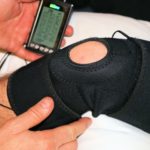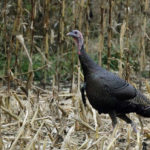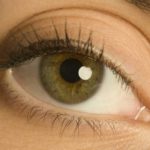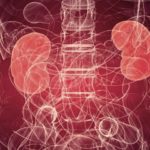Advanced glaucoma – what is it?
The intraocular fluid or aqueous humor is produced by the ciliary body of the eye, located in the posterior chamber. Aqueous flows from the posterior chamber via the pupil into the anterior chamber, from where it exits the eye by two different routes. It drains into a canal at the margin of the cornea and is called the canal of Schlemm. About 10% also drains via venous outflow of the ciliary body, choroid, and sclera.
Intra-ocular pressure
The intraocular pressure depends on the rate of production and outflow of aqueous humor. The normal pressure is 11 to 21 mmHg.
Glaucoma
In this condition, raised intra-ocular pressure results in progressive optic nerve damage and visual field loss. It affects 2% of the population above 40 years of age and 10% above the age of 80. In many cases, this condition remains undiagnosed. Glaucoma is one of the commonest causes of blindness all over the world.
Advanced glaucoma
This is seen in the late stage of glaucoma. About 10 to 40% of patients present with advanced disease. The loss of visual field and acuity are both affected. This reduces the performance of the patient. Advanced glaucoma can be defined on the basis of the patient’s ability to perform activities of daily living. Functional tests are usually more useful than physical parameters for the follow-up of patients with advanced glaucoma.
Fundoscopy shows optic atrophy with cupping of the optic nerve head. If the progressive changes of glaucoma-induced optic atrophy are not prevented by appropriate treatment to reduce the IOP, it eventually results in loss of all neural rim tissue. The final result is total cupping, which is seen on fundoscopy as a white disc with loss of all neural rim tissue and bending of all vessels at the margin of the disc. This is called bean pot cupping due to its appearance on the cross-section.
Visual field defects in advanced glaucoma
There is extensive loss of visual field which may progress to blindness. The natural progression of glaucomatous field loss involves the development of arcuate-shaped blind spots, which fuse nasally at the horizontal axis and may extend to the peripheral limits in all areas except temporal fields. This results in central and temporal islands of vision in advanced glaucoma. With continued damage, these islands of vision diminish in size until the central island disappears completely. The temporal island of vision is more resistant and may persist long after the central vision is lost. However, this may also ultimately disappear if the glaucoma is not controlled. This leaves the patient totally blind.
Treatment options
The most effective method of treatment is to reduce intraocular pressure. The extent of lowering of IOP is related to changes in visual fields. Clinical studies have shown that that progression was least when IOP has maintained below 18 mm Hg. Clinical evidence also suggests that more advanced glaucoma is more likely to progress than earlier stages of the disease and may require greater IOP lowering to halt progression.
The treatment options include medical therapy, laser therapy, and surgery. The treatment is started with topical or intra-ocular eye drops. The dose is titrated as per the IOP and symptomatic improvement. In a situation where the IOP control is not adequate, laser therapy or surgery is done. Argon or selective laser trabeculoplasty is usually done. Surgery lowers IOP more than medication as concluded by multiple clinical trials. Advanced Glaucoma Intervention Study data suggest that consistent, low IOPs with minimal IOP variation are associated with reduced progression of the visual field in patients with advanced glaucoma.
Glaucoma presents with a reduction in the visual field which progresses to blindness. The opinion of an ophthalmologist should be taken in time so as to delay the progression of visual loss and maintain an independent level of daily living.




























